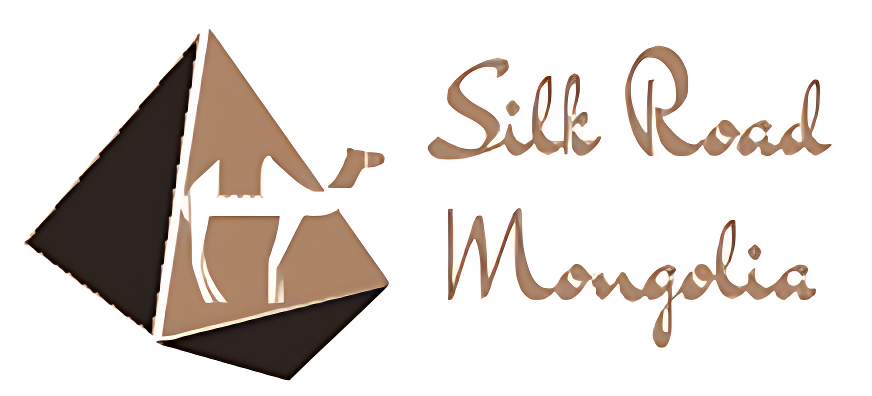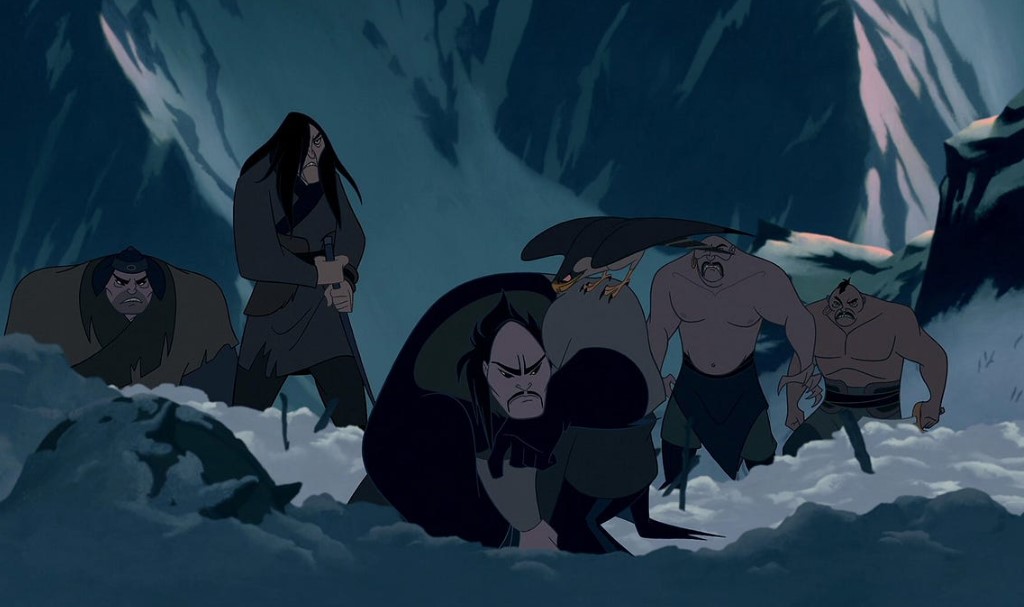Blog
What Do Mongolian People Look Like? Common Facial Features
What Mongolians Actually Look Like
When most people think of Mongolians, they picture the fierce warriors from movies—tall, dark, and imposing figures charging across the steppes. But as someone who’s actually Mongolian, I can tell you this Hollywood image barely scratches the surface of what we really look like.
The truth is, Mongolians are incredibly diverse in appearance, and there’s a fascinating historical reason why. When Genghis Khan established the Mongolian Empire in 1206, it wasn’t just one tribe—it was a vast confederation spanning from North Asia to Central and West Asia. This legacy of diversity is written on every Mongolian face today.
In popular media, Mongolians are often depicted as being tall, dark, and bulky, painting a monolithic picture of the Mongolian people. Is this portrayal accurate when we look at contemporary Mongolians? The short answer is no, not exactly.
Common Mongolian Physical Features
While every person is unique, there are some physical traits that many Mongolians share. Think of these as family resemblances rather than strict rules:
High & Robust Cheekbones
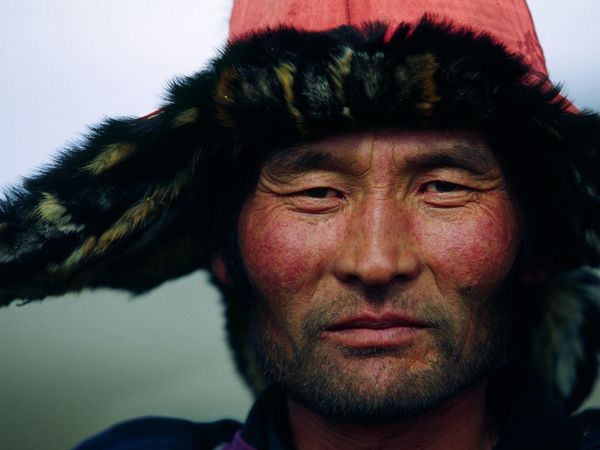
You’ve probably heard about Mongolian cheekbones, and yes, they’re often quite prominent. While other Asian groups share this feature, it’s particularly common among Siberian and Northern Asian peoples. These dramatic cheekbones give many Mongolians that distinctive, sculpted look.
Stocky Build
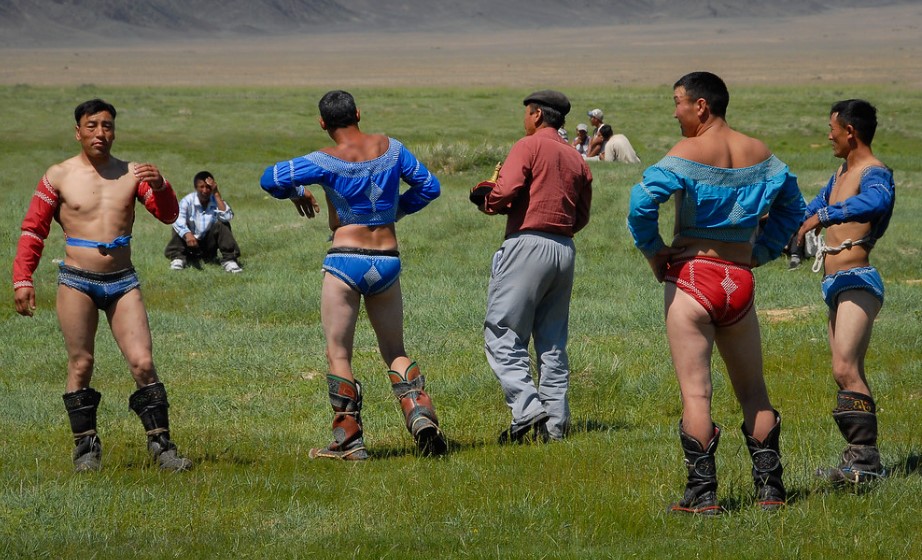
Here’s where environment really shapes appearance. Traditional Mongolian nomads have historically eaten a protein and dairy-rich diet that promotes strong bone development. Plus, people in colder climates naturally tend to have more robust builds to retain body heat. It’s evolution in action.
Round Faces

Many Mongolians have rounder faces and larger heads compared to other Asian groups. While the exact reasons aren’t completely clear, you can see this trait in many public figures, including Miss Mongolia contestants.
Red Cheeks
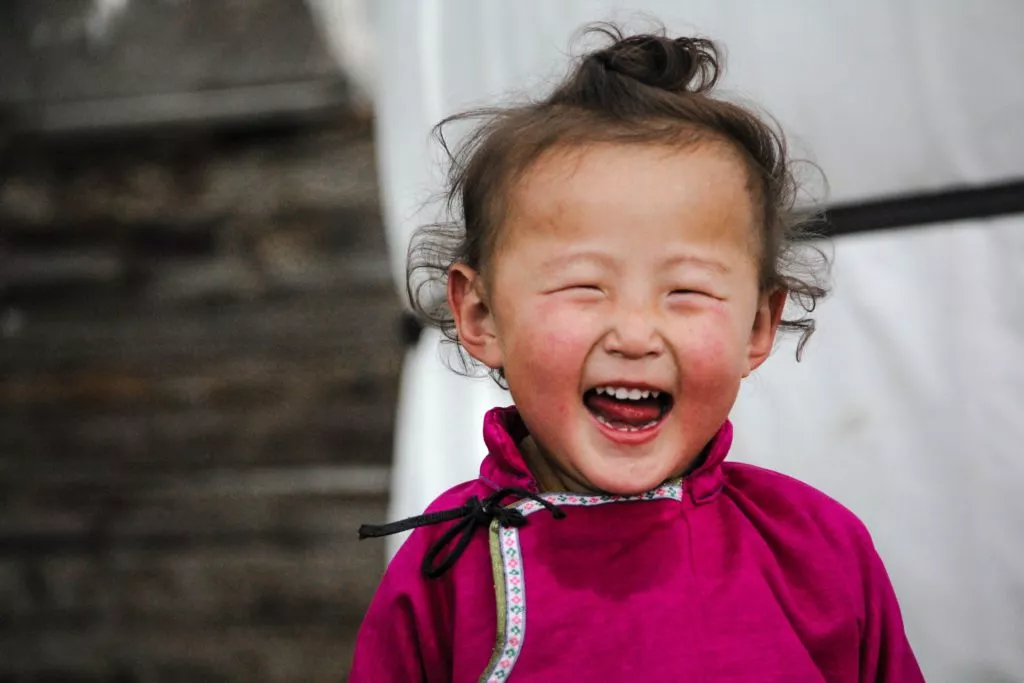
Those red, rosy cheeks you see on many Mongolians? That’s the steppes talking. Constant exposure to extreme weather—from scorching summers to brutal winters—creates that characteristic ruddy complexion, especially among nomads.
Narrow Eyes
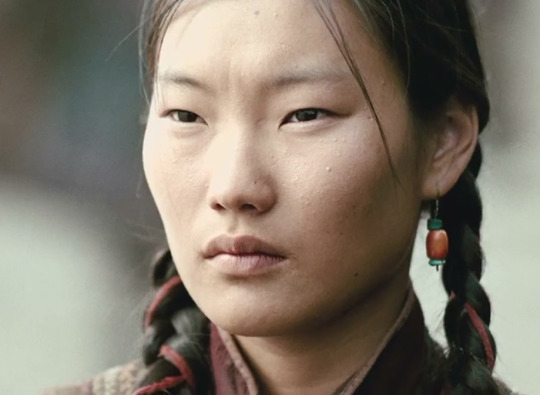
Mongolian eyes tend to be long and narrow, similar to other Northern Asian peoples but distinct from the more almond-shaped eyes common in East Asia. Think of the actress who played Börte in the 2007 movie “Mongol”—that’s a pretty typical Mongolian eye shape.
Mongolian Skin Tones Are More Diverse Than You Think
Here’s something that often surprises people I meet while traveling: many Mongolians have fair skin. The media tends to show only the tanned, weathered nomads, but plenty of us are quite pale. What’s interesting is that Mongolians generally tan easily and beautifully—and unlike some other East Asian cultures, having a tan is actually seen as a sign of good health in Mongolian culture.
Three Types of Mongolian Appearance
While every individual is unique, I’ve noticed three general “looks” among Mongolians that might help outsiders understand our diversity:
Rural Mongolians and Nomads
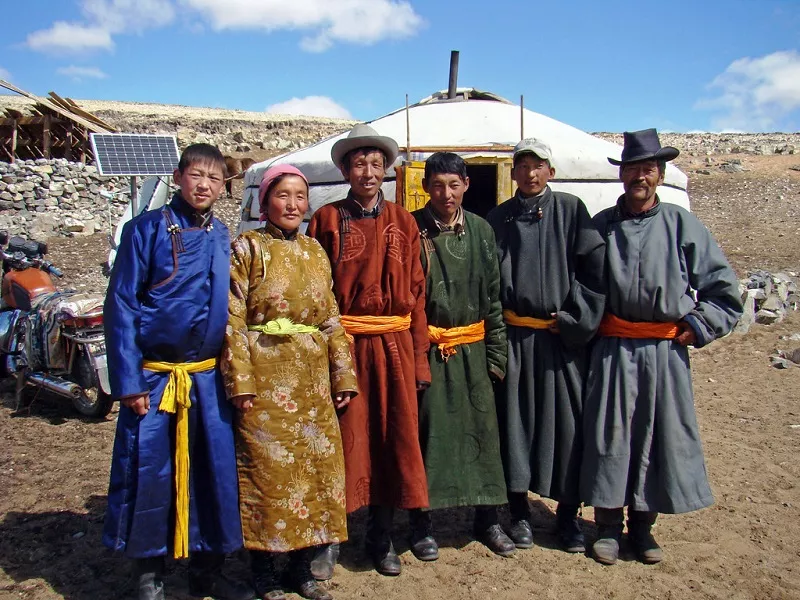
These are the Mongolians you see in documentaries—people living simpler lives in the countryside with limited access to modern skincare. Their skin tends to have a rugged, weathered appearance from constant sun exposure, often with those characteristic red cheeks. But here’s the thing: these features often soften dramatically when people move to urban areas and change their lifestyle.
Urban Mongolians
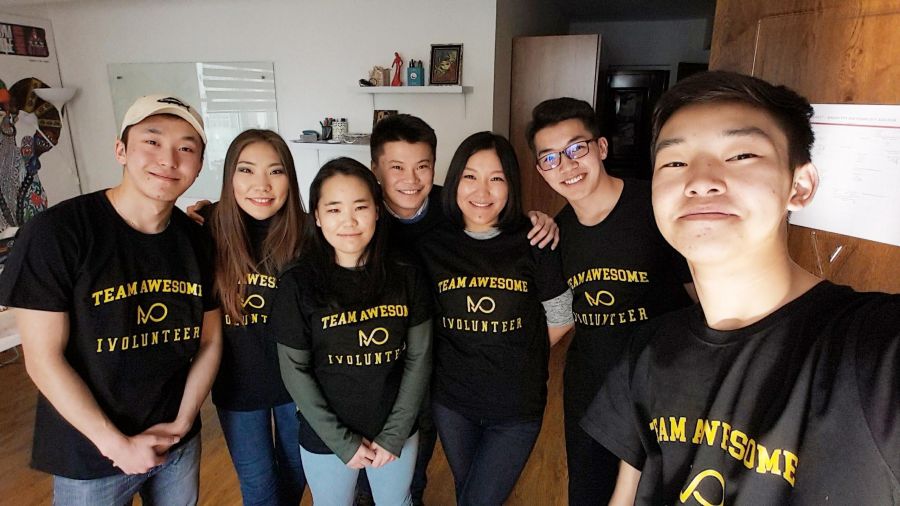
City-dwelling Mongolians often appear much paler and can be easily mistaken for Koreans or Kazakhs. We urban Mongolians trace our ancestry to everywhere from Central Asia to Eastern Europe, Northern China to Siberia. It’s not uncommon to see light brown or blonde hair, hazel or green eyes, and features that might surprise people expecting the “typical” Mongolian look.
Western and Minority Ethnic Groups
This is where it gets really interesting. Within Mongolia’s 3 million citizens, there are around 20 different ethnic groups. From the Durvud and Buryat to the Kazakh people in Bayan-Ölgii, you’ll find a fascinating mix of East Asian, Central Asian, and Eastern European traits. The further west you travel in Mongolia, the more noticeable this diversity becomes.
Why Mongolians Look So Diverse
The Eurasian steppes were essentially a genetic melting pot for thousands of years. Tocharians, Scythians, and various Western and Eastern nomadic tribes all mixed and intermarried. Some of these ancient genes still surface in modern Mongolians, which is why you might see:
- Blonde, red, or brown hair (though full blonde or red hair is rare, many Mongolians have visible undertones in sunlight)
- Green, blue, or grey eyes (especially among Western Mongolians)
- Caucasian-like features (some Mongolians have 5-10% European/Finnic DNA)
- Varying skin tones from pale pink to deep copper
How Mongolians Differ from Chinese People
People often ask me how to tell Mongolians apart from Chinese people. While there’s obviously overlap, Mongolians generally tend to be stockier with rounder faces and skin that has a reddish or copper undertone. Many of us look more rugged or weathered, or conversely, some display notably lighter features.
But honestly? The biggest difference isn’t physical—it’s how we carry ourselves. Mongolians tend to have more expressive body language and a certain flair in how we move and gesture. It’s that nomadic confidence, I suppose.
Final Thoughts
The next time you see a Mongolian person, remember that their appearance tells a story. Maybe it’s a story of nomadic ancestors who weathered the harsh steppes, or urban lineage connecting to the Silk Road’s diverse peoples, or the complex heritage of the world’s largest contiguous empire.
What makes us Mongolian isn’t fitting into a single physical mold—it’s being part of this incredible tapestry of human diversity that spans continents and centuries. Every Mongolian face reflects our rich history of cultural exchange, adaptation, and survival.
Frequently Asked Questions
Why do Mongolians have red cheeks?
It’s from constant exposure to harsh weather and dry air. Fair-skinned nomads are especially susceptible to this characteristic ruddy complexion.
Why do some Mongolians have light-colored hair?
The Eurasian steppes were a mixing ground for diverse peoples over thousands of years. Ancient genes from various tribes still surface in modern Mongolians, creating beautiful hair color variations.
Do Mongolians have green or blue eyes?
Yes, especially among Western Mongolians who have mixed with various Eurasian peoples. It’s not common, but it’s not rare either.
Why do some Mongolians look Caucasian?
Depending on their ancestry and tribal heritage, some Mongolians have significant Western Asian and Finnic DNA, which can create more European-looking features.
Are Mongolians ethnically mixed?
Absolutely. While most Mongolians appear East Asian, our genetic heritage includes contributions from numerous tribes and peoples across Eurasia.
How do Mongolians differ from Chinese people in appearance?
Generally, Mongolians tend to be stockier with rounder faces and skin with reddish undertones. But the real difference is often in body language and how we carry ourselves—there’s a distinctly Mongolian confidence and expressiveness.
